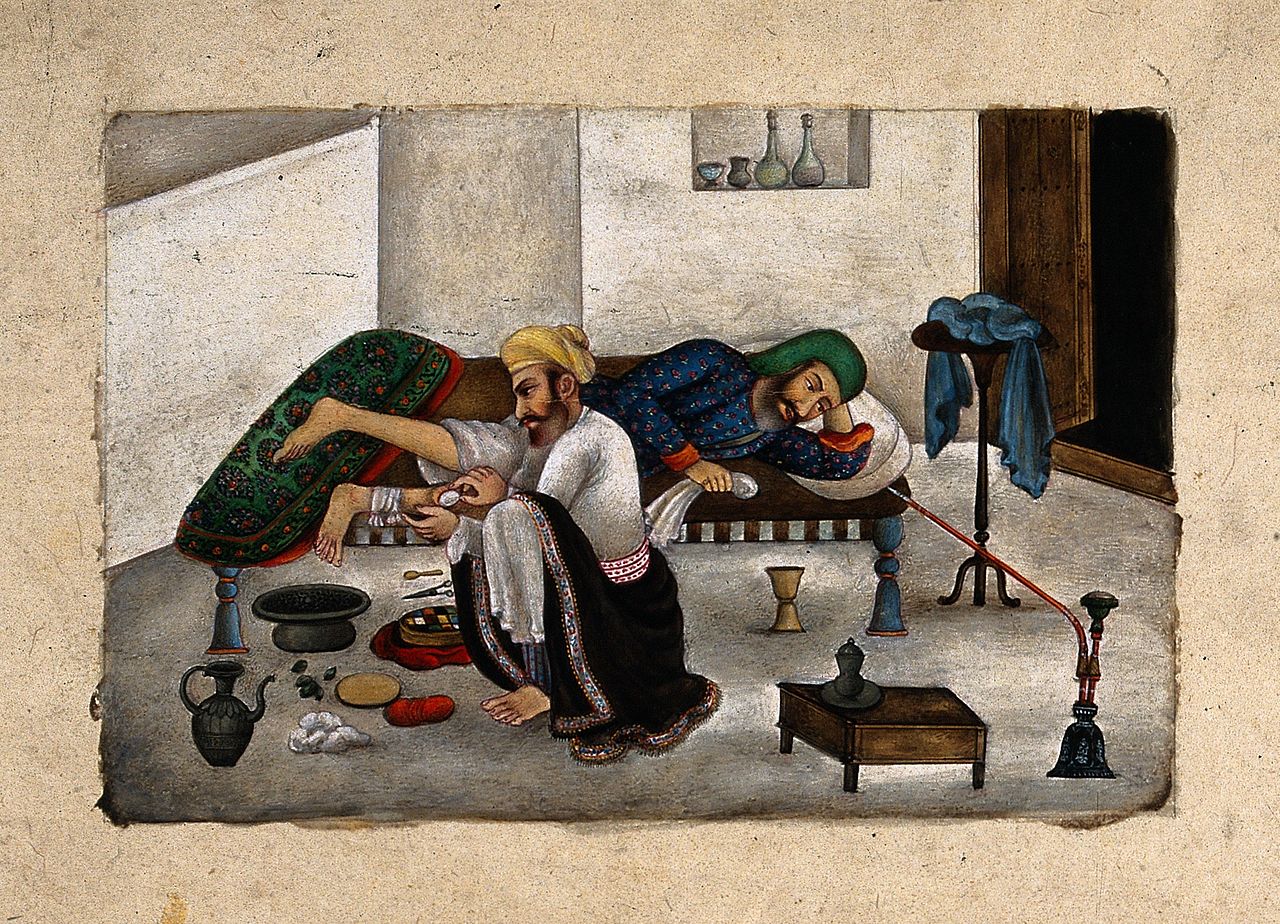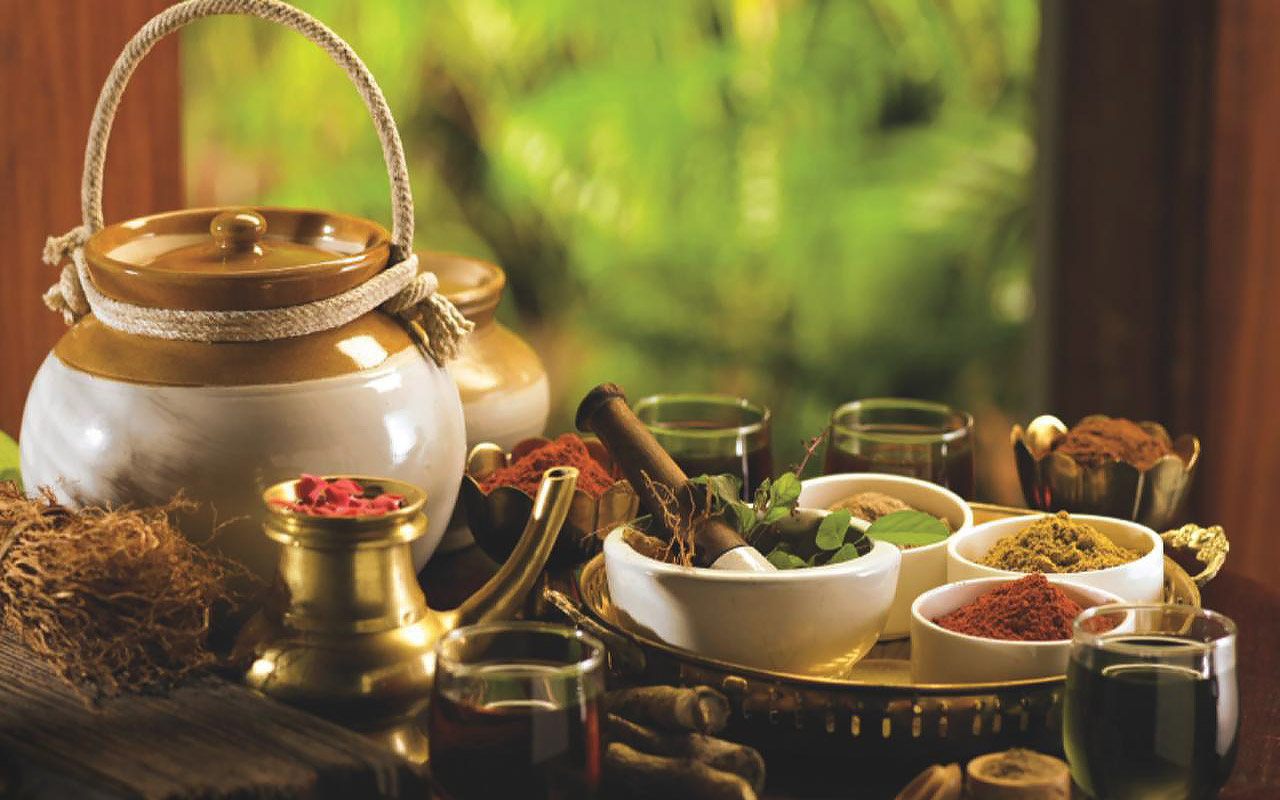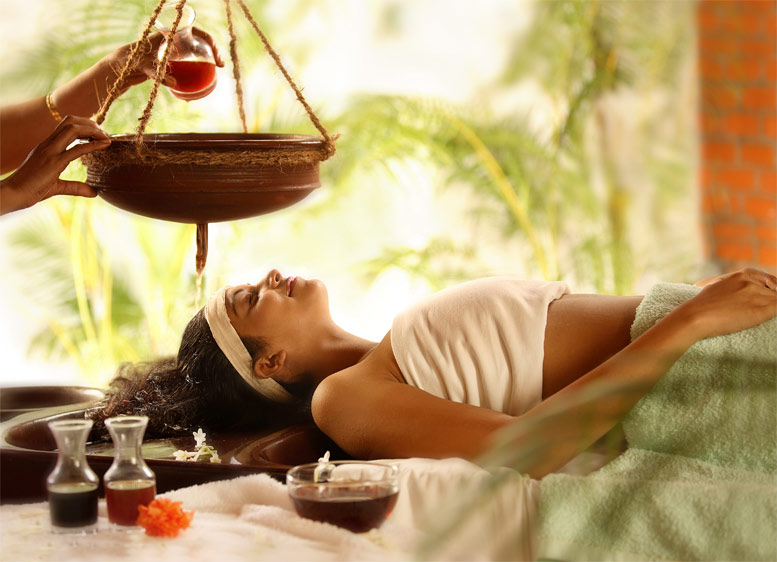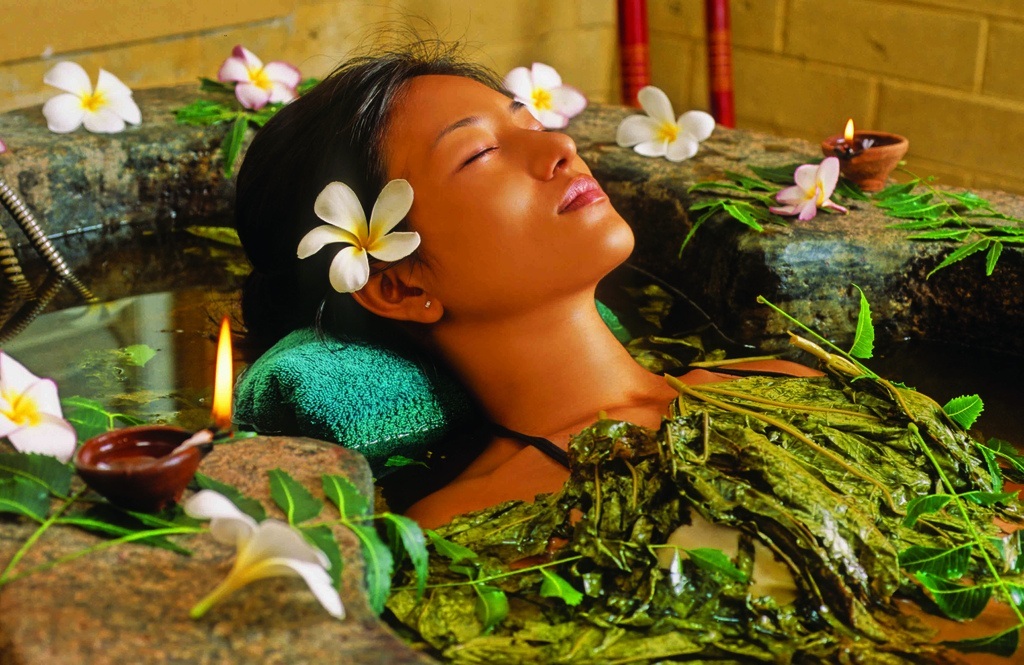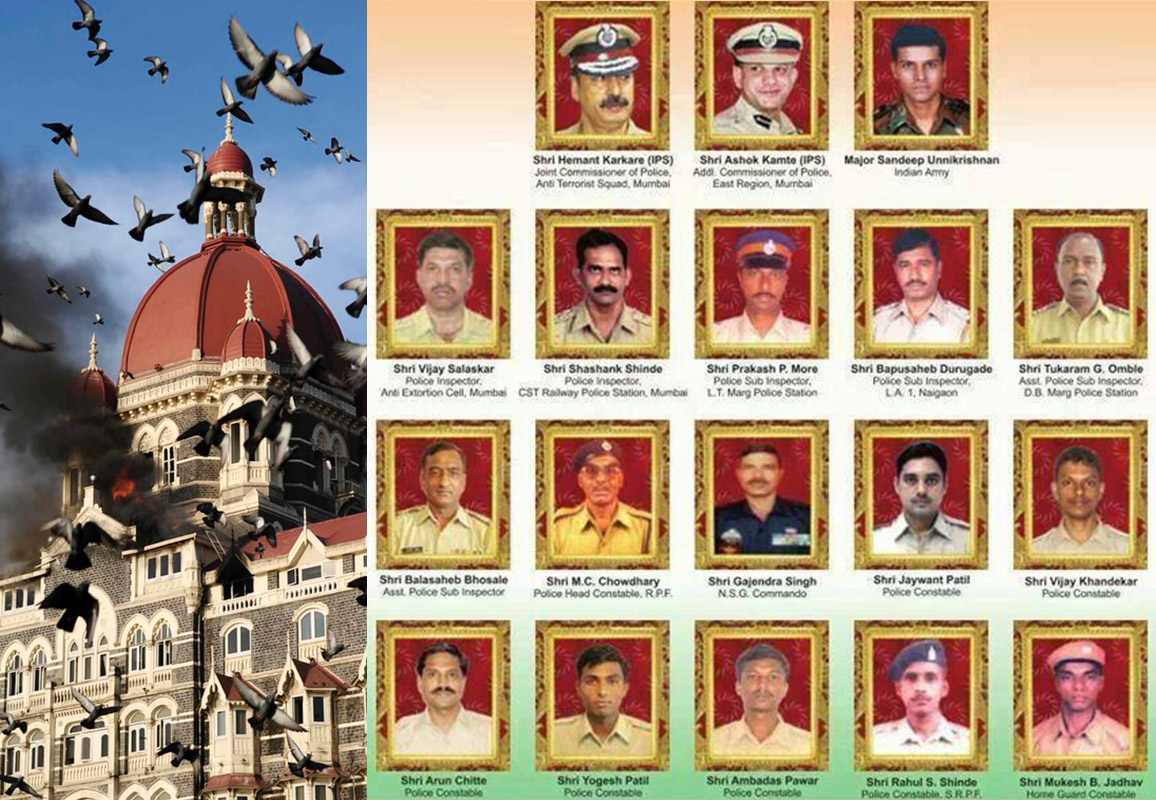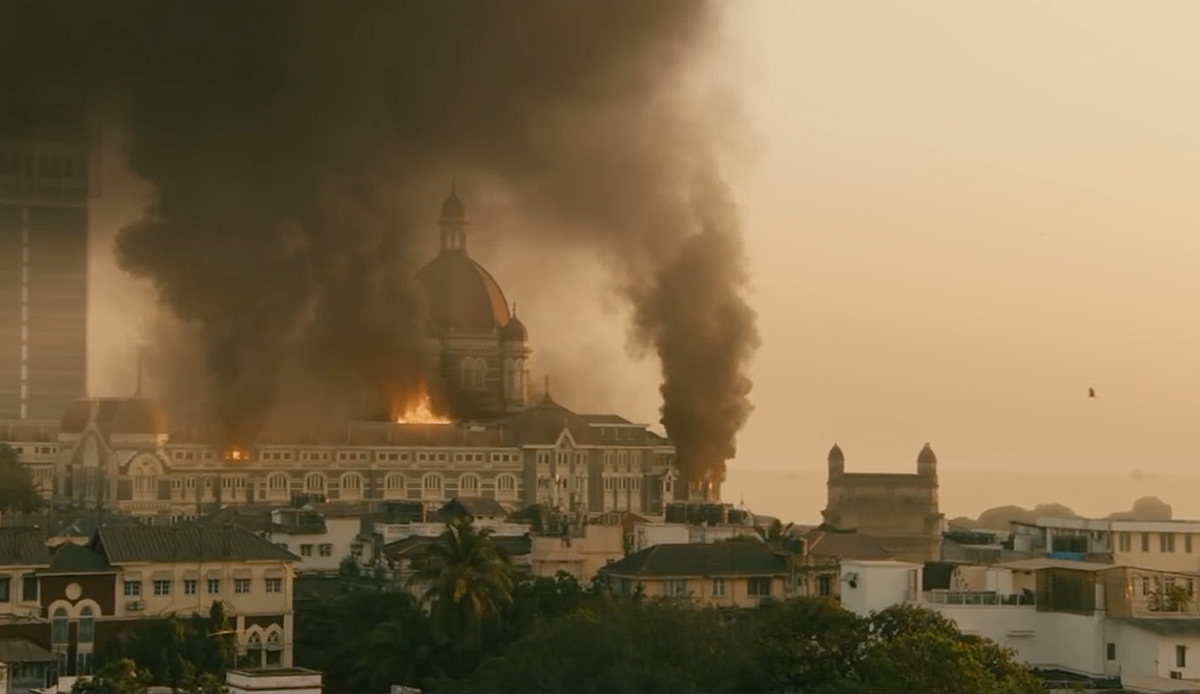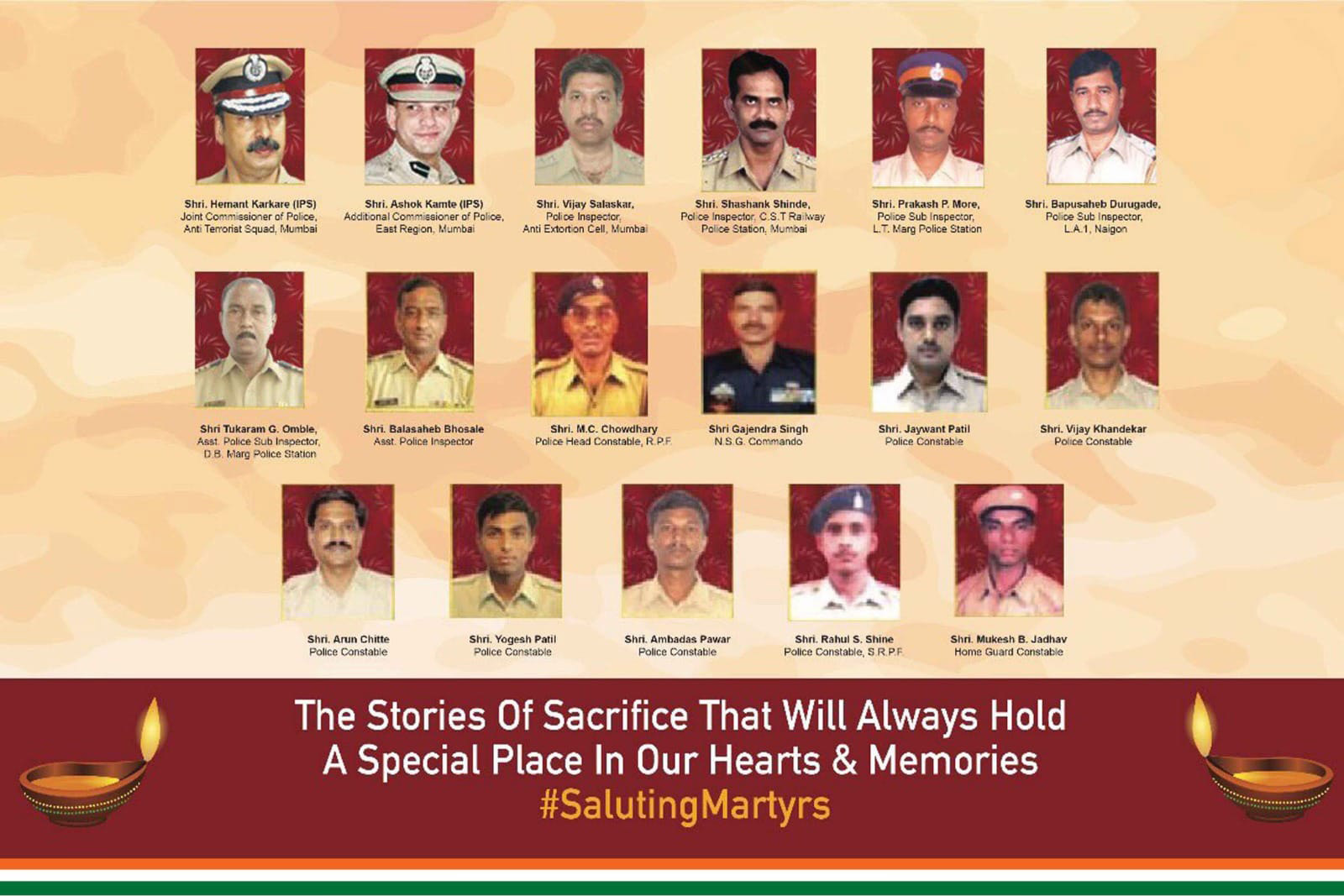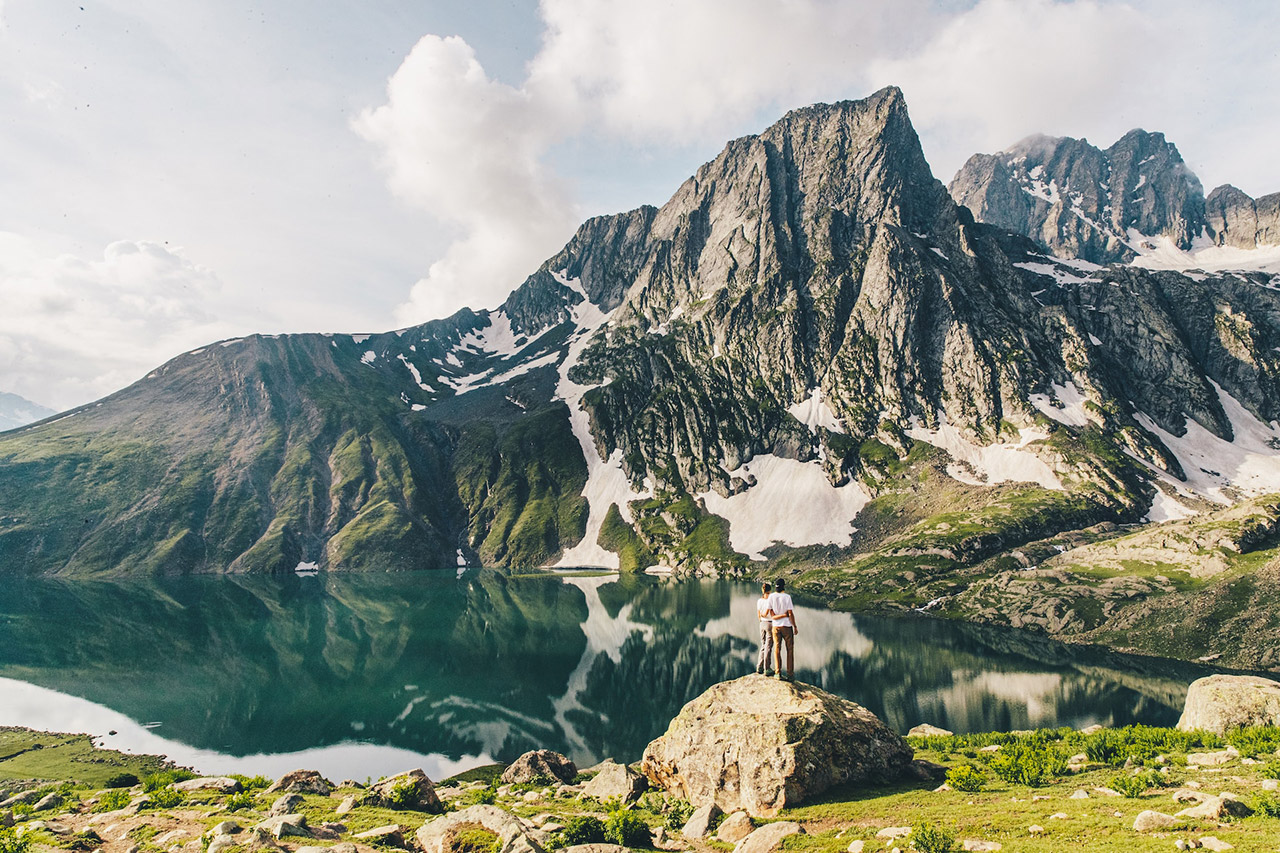
There has been a tremendous rise in the use of copper water purifiers in the past few years owing to some bold claims regarding their antimicrobial properties and wide-ranging medical benefits. Despite these benefits, consumers should weigh various demerits that come along with the copper water purifiers before buying them. This is a comprehensive guide that examines the disadvantages of copper water purifiers in different critical factors.
For a more objective and scientific understanding of both copper purifier’s promises and its challenges makes it possible to decide on the most suitable purification system for the family’s needs.
Is copper water same as alkaline water?
No, Copper water and Alkaline water are different. Copper water contains copper ions, while alkaline water has a higher pH around 7. Copper water is created by passing water through copper vessels or copper filter cartridge, this does not make the water alkaline.
Some disadvantages of Copper Water Purifiers
Despite the multitude of claimed benefits, there are also several important disadvantages to copper water purifiers that consumers need to carefully consider before making a purchase.
Risk of Copper Toxicity
One of the most serious disadvantages of copper water purifiers is the risk of gradually accumulating toxic amounts of copper in the body over time. This can occur if copper concentrations in the purified water become too high.
The oligodynamic effect that makes copper effective at killing microbes also means copper is toxic for human cells at higher doses. Excessive accumulation of copper can lead to a range of copper toxicity symptoms such as:
- Stomach pain, nausea, vomiting and diarrhea
- Metallic taste in the mouth
- Yellowing of skin and eyes (jaundice)
- Liver damage and cirrhosis
- Kidney damage which can lead to kidney failure
- Anemia as copper impairs iron absorption
- Neutropenia or low white blood cell count
- Bone marrow depression
- Irregular heartbeat and heart damage
- Thyroid problems
- Headaches, fainting and dizziness
- General weakness, fatigue and headaches
- Drastic mood swings, anxiety, depression and trouble focusing
Children and pregnant women are especially vulnerable to copper toxicity. People with certain genetic conditions like Wilson’s disease are also at much higher risk since they cannot excrete excess copper efficiently.
For the general population, the EPA has set standards limiting the maximum permissible level of copper in public drinking water systems to 1.3 ppm (parts per million). Private well testing is also advisable to identify copper levels.
Water Taste Alteration

Passing water through a copper purifier also tends to alter its taste in undesirable ways. The copper ions can leave water with a strong metallic, bitter taste. For those accustomed to relatively neutral-tasting tap water, bottled water or well water, this altered taste can be off-putting.
Some people quickly get used to the taste, while others never adapt even after months of use. Individual sensitivity varies, but taste alteration is a common complaint. The impacted flavour and palatability of the water may discourage people from drinking as much, which should be avoided.
Maintenance Issues
Copper water purifiers have higher maintenance requirements than other types like alkaline filters, faucet filters or pitchers. Over time, mineral deposits and oxidation can build up in the device and need thorough cleaning.
Significant white or blue-green discoloration on the device parts means removal and cleaning is overdue. Any blockages or reduced flow also indicates a need for maintenance. Without diligent cleaning, efficiency suffers.
Depending on water chemistry, some units may need cleaning as frequently as monthly. Many models also require filter cartridge changes every 6-12 months to maintain performance. More maintenance means more hassle and expense.
Here is the table of annual maintenance cost of an RO with Copper water purifier
| Component |
Frequency of Replacement |
Approximate Cost |
| Sediment Filter |
3-6 months |
₹300 – 500 |
| Pre-Carbon Filter |
3-6 months |
₹300-500 |
| Activated Carbon Filter |
6-12 months |
₹180-900 |
| RO Membrane |
1-2 years |
₹1000-2000 |
| UV Lamp |
12-24 months |
₹200-500 |
| UF Membrane |
2-3 years |
₹500-1000 |
| Copper Cartridge |
6-12 months |
₹299-2000 |
| TDS Controller (if applicable) |
6-12 months |
₹200-400 |
| Service Fee (optional) |
Annually |
₹500-1000 |
Cost Factor
The purchase cost of copper water purifiers tends to exceed that of other systems like simple faucet filters or pitchers which can cost under ₹5,000. Higher-end copper purifiers often run from ₹8,000 to ₹23,000, with replacements parts and cartridges adding to ongoing costs.
For consumers primarily interested in basic water filtration and improved taste/odour, copper purifiers represent a much higher upfront investment. Water dispensers with copper components also have higher prices than standard plastic or stainless-steel counterparts.
Ineffectiveness Against Certain Contaminants
While copper’s antimicrobial action may destroy harmful bacteria and viruses, copper purifiers are far less effective at removing many other common water contaminants.
Copper does little to remove heavy metals like lead, arsenic, mercury, and chromium-6 that may be present in source water from natural deposits or industrial pollution.
Chemical contaminants like chlorine, fluoride, pesticides, fertilizers, hormones and drug residues are also not removed by copper.
Other inorganic compounds like dissolved salts, nitrates, sulfates, and toxic elements that may be in water would go through a copper purifier unchanged.
This limitation means copper water purification on its own does not fully resolve health risks for those whose water contains a range of contaminants. Additional multi-stage filtration is required to achieve broader purification.
For people relying on wells or streams in agricultural areas, or houses with old lead pipes, copper units cannot singularly address those contamination issues.
Alternatives to Copper Water Purifiers
Given the limitations of copper purifiers, many consumers would benefit more from alternative water purification technologies that offer broader contaminant removal without copper’s disadvantages:
Reverse Osmosis (RO) Purifiers
RO systems use a semi-permeable membrane to filter out sub-micron contaminants. RO removes heavy metals, microbes, salts, pesticides, and much more through a membrane that acts almost like an extremely fine filter. A tank stores the purified water until needed.
RO provides comprehensive contaminant removal, but does require draining the concentrated reject water from the membrane process. Maintenance involves periodic tank sanitization and membrane replacement every 2-5 years typically.
Ultraviolet (UV) Water Purifiers
These systems destroy microorganisms by exposing water to an intense ultraviolet light beam within a specialized chamber. The UV radiation damages the cellular DNA and proteins of microbes to kill them.
UV purification leaves no chemical traces or byproducts behind. However, a pre-filter is needed to remove sediments that could block the UV lamp. Lamps need replacement every 6-12 months. UV only targets microbes, not other contaminants.
Activated Carbon Purifiers
Activated carbon filters use high-porosity carbon to absorb and adsorb a wide range of contaminants through electrostatic attraction and surface bonding. Excellent at removing organic chemicals, pesticides, chlorine, Odors, tastes and coloured compounds.
Carbon filters are affordable and effective for general water filtration, but do little regarding heavy metals and dissolved inorganics. Regular filter replacements are the main maintenance required.
Suggested Read: Traditional Water Purification Methods in India
Conclusion
When evaluated objectively, it becomes clear copper water purifiers have some meaningful disadvantages that must be weighed against their promoted benefits. Health risks associated with excessive copper intake, altered water taste, added maintenance duties, purchase/operating costs, and ineffectiveness against many common contaminants present downsides consumers need to carefully consider.
Alternative technologies like reverse osmosis, UV sterilization and activated carbon filtration often represent preferable options: more comprehensive purification without copper’s potential toxicity risks and other drawbacks.
No single water purification solution is right for everyone. Factors like your household’s water chemistry, existing pipe infrastructure, budgets, and specific health risks should all play a role in determining the ideal system after comparing copper purifier disadvantages vs alternatives.
Research beyond the marketing claims and consult qualified water quality experts rather than relying on hearsay or sales hype. Get your water tested by professionals and customize your purification method accordingly. As with most products, caveat emptor – let the buyer beware of overstated or unsubstantiated claims around copper water purifiers.
Sharing this guide can help spread awareness of the important copper water purifier disadvantages that are often underemphasized. The more informed consumers become, the better able they are to make smart decisions about their families’ drinking water purification choices.












